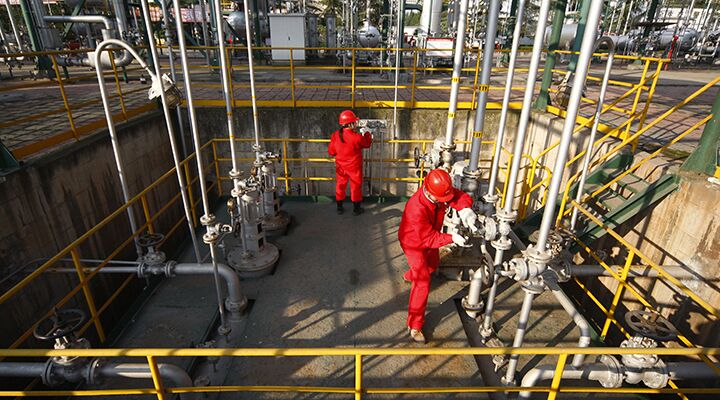
U.S.-China Carbon Emissions Deal: The Media Got It Wrong
Western media rejoiced over the United States’ and China’s “historic” agreement to decrease carbon emissions. The deal, made at last week’s Asia-Pacific Economic Cooperation (apec) summit, was called a “game-changer” and a “breakthrough.”
The media’s vision is at best myopic. For starters, this agreement is unlikely to create any new obligations for China.
Together, America and China produce 45 percent of the world’s greenhouse gas emissions. America agreed to reduce emission levels by 26 to 28 percent by 2025. China, in response, said its emission levels would peak by 2030, and then begin to decline. In reality, this likely means no change for China.
“[I]n many ways, it simply locks in the status quo,” wrote Kenneth P. Green, senior director of the Center for Natural Resources at the Fraser Institute. “China gets to emit as much as it wants for the next 15 years, while the U.S. continues its regulatory crusade to cut U.S. carbon emissions. There’s no stipulated ceiling for Chinese emissions—the sky is the limit until 2030.”
The kicker is, in this “historic” deal, China actually agreed to hit an emissions peak that it already expected to hit. In 2012, China predicted its greenhouse gas emissions would peak in 2030.
While this deal requires much from the United States, China’s “obligations” are potentially nonexistent.
Making the media’s exultant coverage even more out-of-touch was the fact that it paled in comparison to another international agreement that China forged—one far more important, and which attracted a fraction of the media’s focus.
Even as U.S. President Barack Obama and Chinese President Xi Jinping made their lopsided agreement, Mr. Xi and Russian President Vladimir Putin struck a deal that actually was historic: a second gas pipeline from Russia to China.
In May, Putin and Xi had inked a mammoth gas supply agreement worth $400 billion. Less than six months later, they did it again. On November 9, the two leaders signed this second immense deal.
It is hard to comprehend the size and significance of these deals. To start with, they are the two largest business transactions in human history.
The new accord adds 30 billion cubic meters (bcm) to the 38 bcm China agreed to six months ago. The Power of Siberia pipeline, agreed upon in May, will now be accompanied by the Altai pipeline from the Western Siberian oil fields. Once the pipelines are in place, China will become the largest purchaser of Russian gas. The recent agreement marks notable progress in Russia and China’s relationship in recent months.
The two countries also made a recent deal to use local currency for trade rather than the U.S. dollar. On October 13, Russia’s central bank confirmed the currency-swap line had opened. The swap line will remain open for three years to allow direct trade of the ruble and yuan.
Expect China and Russia to continue to turn their backs on the West, drawing closer to each other. The Bible prophesies about this relationship—which will include other Asian nations—calling it a league of the “kings of the east.” Our booklet Russia and China in Prophecy explains:
In the next few years, there will be a staggering turn in world events! A giant Asian superpower, with a modernized Russia and China at the helm, will dramatically affect the course of history. This emerging power bloc—a conglomerate of peoples which comprise one fourth of the world’s population—will be deeply involved in the tumultuous tide of events that will lead to the conclusion of mankind’s 6,000 years of self-rule!
The Western media’s myopic focus fails to see the significance of deals between Russia and China and how they undermine the United States. Watch these Asian juggernauts become a massive power bloc. To learn more about the Russia-China alliance, request our free booklet Russia and China in Prophecy.
